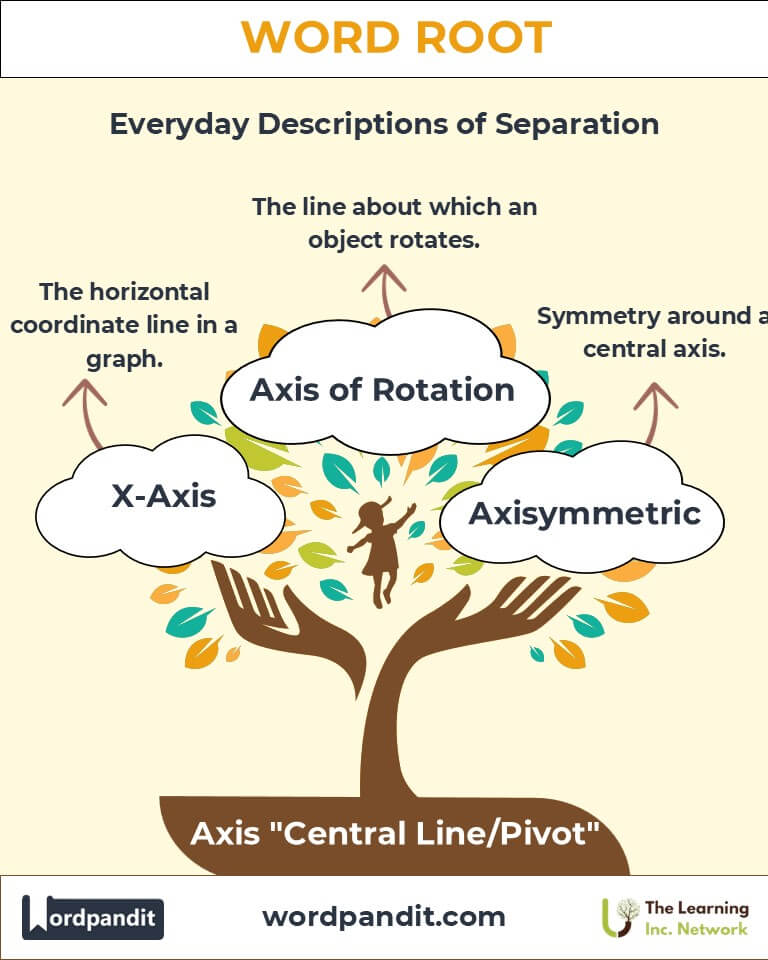Avi: Soaring High with the Language of Birds
Byline: Discover the fascinating word root "avi," derived from the Latin "avis," meaning bird. This root has flown into many terms across fields like biology, aviation, and art, symbolizing freedom, precision, and elegance.

Table of Contents
- Introduction: The Essence of "Avi"
- Etymology and Historical Journey
- Mnemonic: Unlocking the Power of "Avi"
- Common "Avi"-Related Terms
- "Avi" Through Time
- "Avi" in Specialized Fields
- Illustrative Story: "Avi" in Action
- Cultural Significance of the "Avi" Root
- The "Avi" Family Tree
- FAQs about the Avi Word Root
- Test Your Knowledge: Avi Mastery Quiz
- Conclusion: The Living Legacy of "Avi"
Introduction: The Essence of "Avi"
The word root avi, pronounced "AY-vee," takes flight from the Latin word avis, meaning bird. From the serenity of an aviary to the marvels of aviation, "avi" finds its place in both natural and technological vocabularies. Its application spans ornithology, aeronautics, and even artistic endeavors, symbolizing freedom and the human desire to conquer the skies.
Etymology and Historical Journey
The root avi has its origins in the Latin avis. Ancient Romans revered birds, often associating them with divine messages. Over centuries, this root found its way into scientific and technical languages, giving rise to terms like "aviary" and "aviation," bridging the gap between natural history and human innovation.
Mnemonic: Unlocking the Power of "Avi"
Visualize a bird soaring gracefully through the skies, its wings spelling out "AVI." This imagery captures the essence of "avi" as a symbol of freedom and the beauty of nature.
Mnemonic Device:
“Avi soars like a bird in flight, from aviary to aviation, reaching new heights.”
Common "Avi"-Related Terms
- Aviary (AY-vee-air-ee): A large enclosure for keeping birds.
Example: "The aviary at the zoo is home to rare tropical species." - Aviation (AY-vee-ay-shun): The art or science of flying aircraft.
Example: "Modern aviation owes much to the innovations of the Wright brothers." - Avian (AY-vee-uhn): Pertaining to birds.
Example: "The avian flu posed a significant threat to poultry farmers." - Aviculture (AY-vee-kul-cher): The practice of breeding and caring for birds.
Example: "She dedicated her life to aviculture, raising exotic parrots." - Avifauna (AY-vee-faw-nuh): The birds of a particular region or habitat.
Example: "The Galápagos Islands are famous for their unique avifauna."
"Avi" Through Time
- Aviary: Initially used to describe birdhouses in ancient Rome, the term evolved to represent larger, elaborate enclosures for bird conservation.
- Aviation: Emerging in the early 20th century, the word reflects humanity's quest to emulate the flight of birds, culminating in modern aeronautics.
"Avi" in Specialized Fields
- Zoology: Avian is used to describe bird species in taxonomy and ecological studies.
Example: Scientists study avian migration to understand environmental changes. - Aeronautics: Aviation encompasses all aspects of aircraft operation, from engineering to piloting.
Example: Innovations in aviation have revolutionized global travel. - Art and Literature: Birds often symbolize freedom and transcendence, inspiring avian-themed poetry and artwork.
Example: John Keats’ "Ode to a Nightingale" captures the avian charm through poetic imagery.
Illustrative Story: "Avi" in Action
As a young boy, Amir was fascinated by the aviary in his local park, where he watched colorful birds soar and sing. Inspired, he pursued a career in aviation, eventually designing eco-friendly aircraft that mimicked the efficient wing patterns of birds. His story reminds us how the root "avi" connects nature’s wonders with human ingenuity.
Cultural Significance of the "Avi" Root
The root "avi" has deep cultural resonance, symbolizing freedom, transcendence, and connection to nature. In many traditions, birds are messengers of the divine, embodying aspirations and spiritual guidance. Modern aviation continues this legacy, enabling global connectivity and exploration.
The "Avi" Family Tree
- Ornith- (Greek: bird):
- Ornithology: The study of birds.
- Ornithopter: A machine designed to achieve flight by mimicking bird movement.
- Vol- (Latin: to fly):
- Volant: Flying or capable of flight.
- Volatile: Able to evaporate quickly, metaphorically referring to flighty behavior.
FAQs About the Avi Word Root
Q: What does "avi" mean?
A: "Avi" is derived from the Latin word avis, meaning "bird." It forms the basis of many words related to birds, flight, and aviation. This root connects the natural world to technological advancements like aviation.
Q: What is an aviary?
A: An aviary is a large enclosure designed for housing and caring for birds. It often serves as a sanctuary for conserving rare or endangered species, allowing them to thrive in an environment that mimics their natural habitat.
Q: How does "aviation" relate to birds?
A: The term aviation refers to the science and art of flying aircraft. Its origin ties to the root avi, reflecting humanity’s inspiration from birds in developing flight technologies. Early pioneers like Leonardo da Vinci and the Wright brothers studied bird anatomy and flight patterns to create flying machines.
Q: What is aviculture?
A: Aviculture involves the care, breeding, and study of birds in captivity. It plays a significant role in conservation efforts, ensuring the survival of species threatened by habitat destruction or climate change.
Q: Are "aviary" and "aviation" related?
A: Yes, both words share the root avi. While aviary pertains to birds directly, aviation reflects humanity’s aspiration to replicate bird flight. The connection highlights how nature inspires technological progress.
Q: What is avifauna?
A: Avifauna refers to the collective bird species of a specific region or habitat. For example, the Amazon rainforest is home to a diverse avifauna, including macaws, toucans, and harpy eagles.
Q: What role do birds play in culture and symbolism?
A: Birds often symbolize freedom, transcendence, and connection to the spiritual realm. Cultures worldwide have revered birds as messengers of the divine, as seen in myths, art, and religious traditions.
Q: What is the difference between avian and ornithology?
A: Avian is an adjective describing anything related to birds, such as avian flu or avian behavior. Ornithology is the scientific study of birds, covering their biology, behavior, and ecology.
Test Your Knowledge: Avi Mastery Quiz
1. What does the root "avi" mean?
2. What does an aviary house?
3. Which term refers to the study of birds?
4. What is "aviation"?
5. What is avifauna?
Conclusion: The Living Legacy of "Avi"
The root "avi" serves as a linguistic bridge between the natural and human-made worlds, capturing the elegance of birds and the marvels of flight. From aviaries to aviation, this root embodies freedom, exploration, and innovation. Let "avi" inspire you to look to the skies and pursue your highest aspirations!











